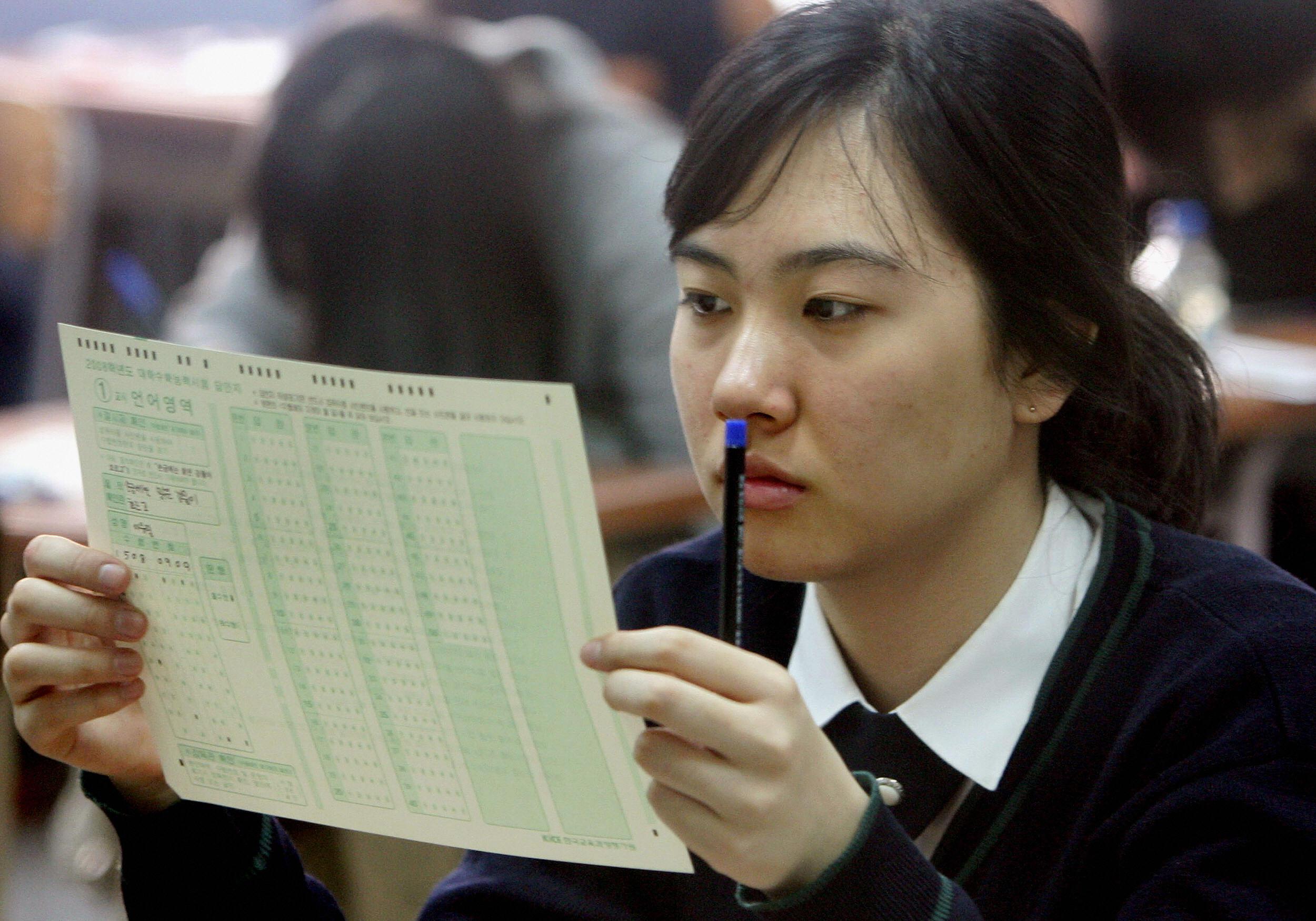I’ve written before about the problem of “undermatching,” where smart kids with low-income parents often don’t apply to attend the kind of selective colleges that give them the best chances of graduating and moving up the economic ladder. When I wrote the piece, a number of correspondents suggested to me that the literal cost of doing the applications might be a bigger barrier than the research I was writing up suggested. That theory gets some important backing from this piece of research from Amanda Pallais that examines the consequences of a small change in the rules made for takers of the ACT test.
Basically it used to be that if you took the ACT, you could send the scores for free to three colleges. Then they changed the rules and made it four colleges. Pallais looked at confidential ACT microdata and assessed the consequences of this switch.
What she found was a substantial increase in the number of people who sent scores to exactly four colleges and an equivalent decline in those sending scores to exactly three colleges. No huge surprise here. But the follow-in consequences of that change were large. First, “low-income ACT-takers attended more selective colleges after the cost change.” Second, “by inducing low-income students to attend more selective colleges, the policy change significantly increased their expected earnings.” Pallais observes that both before and after the change, the cost of sending ACT scores to an additional school was only $6, so it was always irrational on a strict cost-benefit basis for poor kids to be applying to only three schools rather than four. And indeed the research suggests that today’s low-income kids are shortchanging themselves by applying to four schools rather than five. She proclaims this a “surprising” result that “suggests that students may use simple heuristics in making their application decisions.”
I would say that it’s more an example of one of dozens of small and not-totally-obvious-to-the-nonpoor ways in which society screws the poor. It’s not that the $6 is such an insurmountable burden. But saying that X applications are free but X+1 applications costs $6, you’re sending a strong implicit message that X applications is the thrifty and responsible quantity of applications to send. And poor people are always being told they should be more thrifty and responsible! Except in this case acting thrifty and responsible is disastrous, and really you should be scrounging up the money to apply to five or six schools. The system is just set up at every level to trip people up, so as to ensure that heritable financial wealth and social capital will be extremely valuable even in the quasi-meritocratic sorting mechanism of standardized tests.
